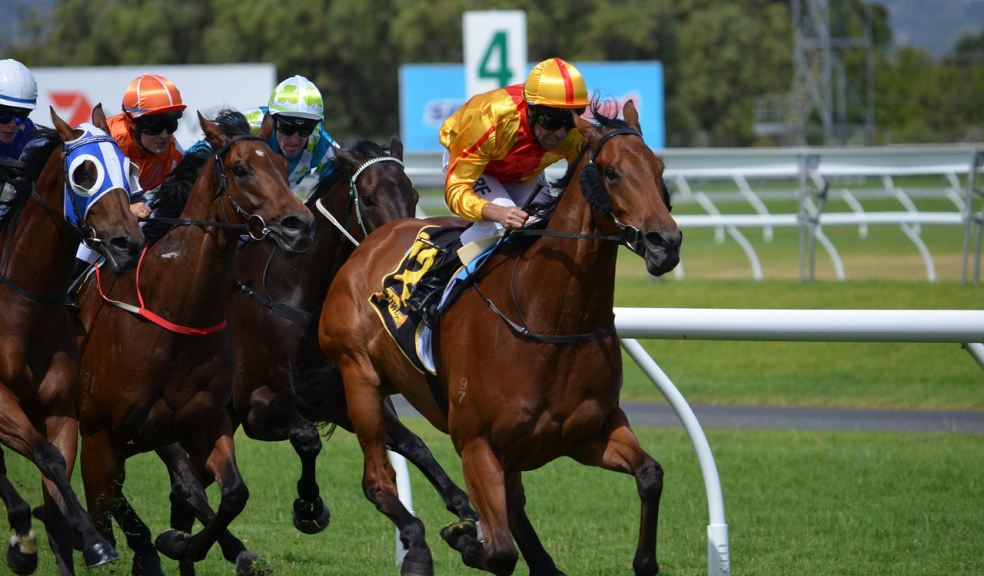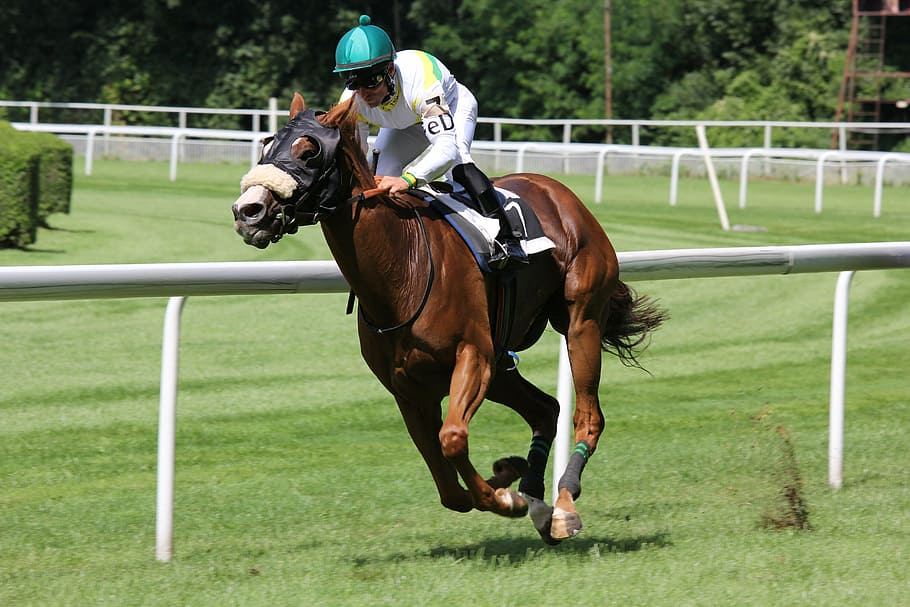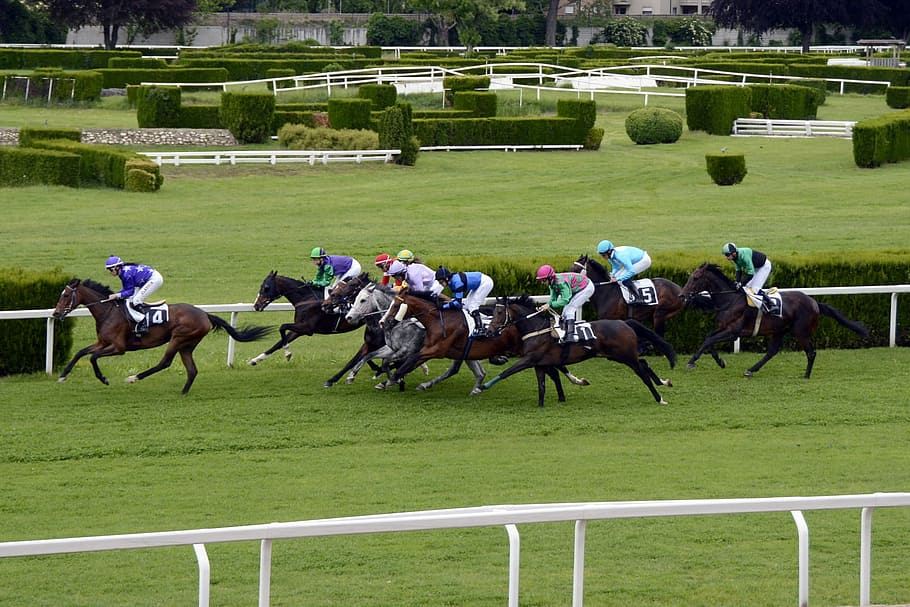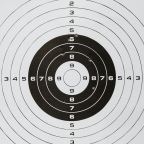
Stories behind the Grand National fences
The Aintree Grand National is gruelling not because of the 4-mile distance that horses and their jockeys must travel but because of the course’s 16 fences, 14 of which must be jumped twice. When hind legs and hooves get weary towards the end of the race, each fence appears to get higher and higher – the landings ever more treacherous, with only the best horses managing to traverse the obstacles put in their way. It is for this reason that so many sports bettors and sports fans tune in for the greatest steeple chase of them all, with the online odds and pre-race tips often going out the window as favourites fall and underdogs take their opportunity. Such is their impact, on the betting odds and the race itself, the Grand National fences now have rich histories all of their own.
Here are just some of them – stories which often account for why a certain fence has been named as it has, so that readers will better appreciate all the adversity that faces jockeys and horses who undertake this incredible race.

There’s rarely such good weather afforded the runners of the Grand National, all of whom are used to hacking through driving wind and rain to bring home the bacon for their owners
Fence 3 – Westhead
This fence stands at just 5ft tall but is important because it is the first open ditch fence that the runners must tackle. It is named after Steve Westhead, who was one of the course’s fence builders during the 60s and 70s.
It is generally viewed as the first real test of the field’s jumping abilities as its ditch spans 6ft, meaning there is little room for error and a bad jump can ruin a horse’s momentum for the rest of the race. In 2013 the fence had a birch core inserted and had its traditional timber frame eliminated.
Fence 6 – Becher’s Brook
The drop that swallows horses and riders on the other side of this fence is what makes it such a challenging obstacle. The fence itself is just 4ft 10in, but the drop can be anywhere between 6in and 10in depending on how a jockey chooses to guide his horse over the fence.
The sixth fence on the course is named Becher’s after a certain Captain Martin Becher, who whilst leading the race on a horse called Conrad in 1839, fell at the brook. Although called a brook, the water element of the fence is only one inch deep and tends not to factor into how able the horses are to clear the fence. Despite improvements and tweaks in its design being made over the years, Becher’s continues to court controversy, with many animal rights organisations calling for it to be made less dangerous or to be removed altogether from the course.
Fence 7 – Foinavon
While lots of fences on the course are named after the men who built and designed them, fence number 7 is named after a horse. Foinavon was a big underdog for the 1967 edition of the race, but cruised home to victory having avoided a mass pile-up of beasts that occurred at the fence.
At just 4ft 6in in height, it is not one of the most imposing fences on the course, but as was proven in 1967, it still has the power to change the outcome of a race. Foinavon’s victory remains a well-known Grand National factoid, not least because the horse started out as a 100/1 outsider.

There’s never a dull moment at this Aintree showcase, where the world’s top jumpers join a massive field to see who can stay the course and be quick doing it
Fence 8 – Canal Turn
Some fences at the Grand National are difficult because of the speed at which they must be approached, whereas others have a drop landing which can catch animals and riders out, but the Canal Turn is tricky because it requires runners to make a dogleg turn almost immediately after it is cleared.
This turn comes after a 5ft-high fence that is no pushover. The fence’s name comes from the nearby Leeds-Liverpool canal, which runs perpendicular to the course on its western corner – a feature few race goers ever pick up on, such is their focus on the action.
Fence 9 – Valentine’s Brook
No, this fence has no connection to romance, but instead is named after a horse who famously vaulted it backwards, before going on to finish third in 1840. It’s hard to imagine a horse being physically capable of clearing a 5ft high fence backwards, but the history books are adamant it happened.
The brook here is the same one that meanders its way past Becher’s. Interestingly, despite being a higher fence and with a similar drop, Valentine’s Brook is not talked about as much as Becher’s when it comes to horse safety, perhaps because it just so happens that more accidents have occurred at Becher’s over the years.
Fence 15 – The Chair
The Chair’s name alone is imposing, but it very much lives up to its billing, being the highest fence on the course at 5ft 2in. Added to this is an open ditch on the landing side, which makes for an incredibly difficult obstacle for runners to clear, especially when it is the 15th fence that must be tackled on a gruelling course. Luckily for runners, they only tackle the fence once throughout the race.
Its name originates from days gone by, when a race official sat atop the fence, who would disqualify horses who had not reached the fence inside a necessary cut-off time during preliminary race heats. Of course, these days no such seating arrangement is required.
Fence 16 – Water Jump
As is the case with The Chair, the Water Jump is only jumped once throughout the race, and it is also one of the easiest. Horses fly over its 2ft 6in fence and then stretch their stride a tad to clear the 12ft 6in water pond that lays behind it.
It is this sort of variety of obstacle that adds to the mystique of the Grand National, with no other mass-field steeple chase offering the challenge that this Ascot showcase.












